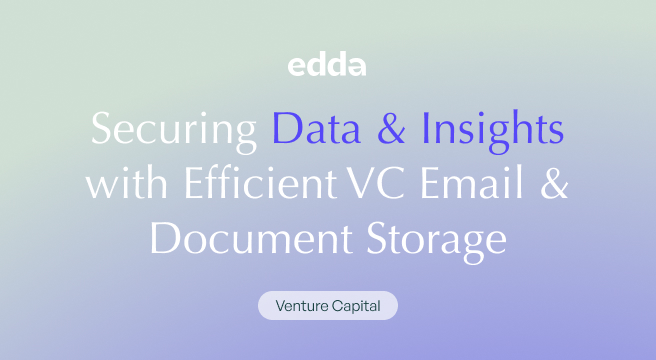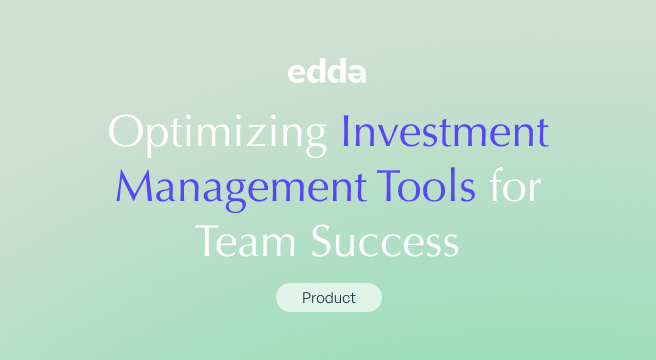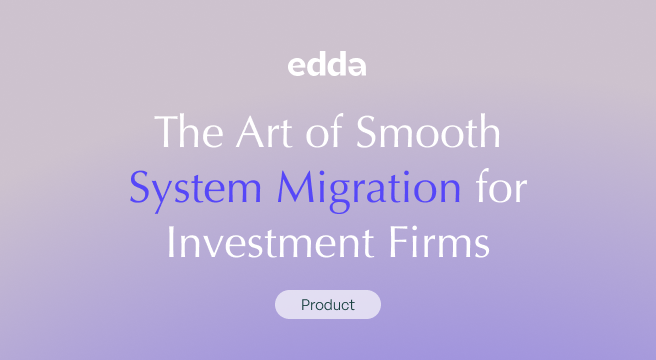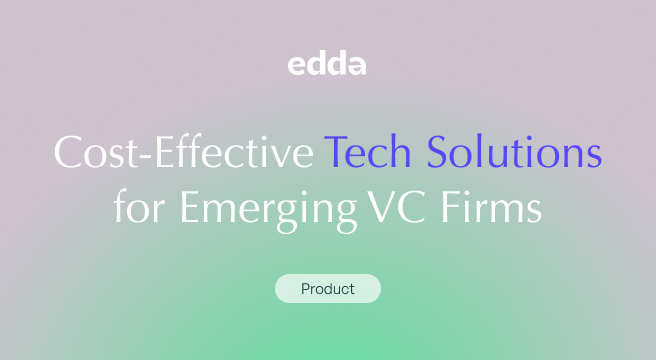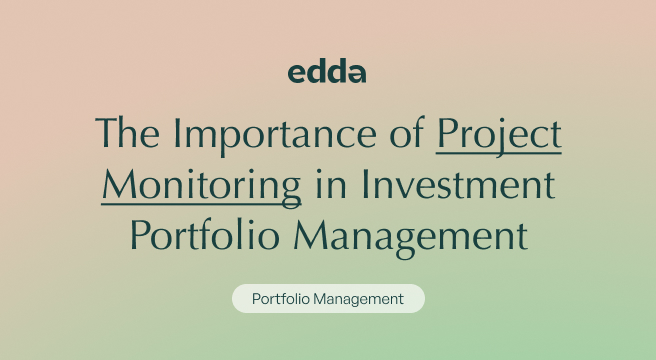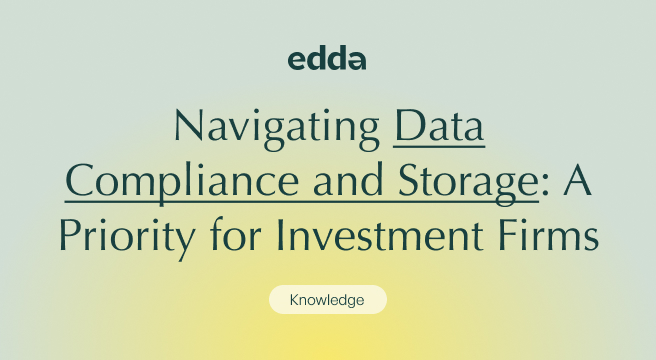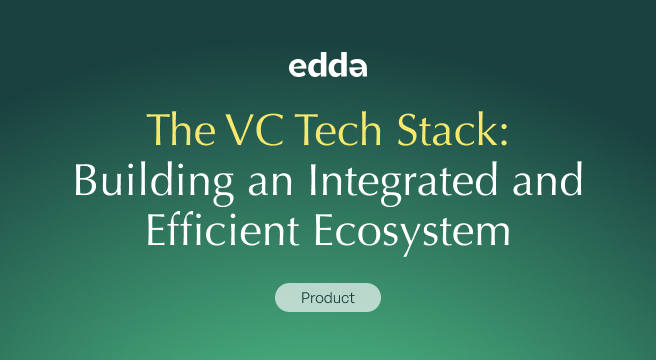Are you finding that your current array of disparate tools is hindering your ability to effectively manage investments and make strategic decisions?
The traditional reliance on a patchwork of specialized software and manual processes, while familiar, often falls short in meeting the dynamic needs of modern venture capital organizations.
The inherent limitations of existing setups—be it the constraints on scalability, the lack of depth in analytical capabilities, or the absence of essential features for strategic decision-making—highlight the urgency for a system that not only consolidates various functions but also enhances them.
The future promises a paradigm where investment teams can navigate the complexities of venture capital management through a single, intuitive venture capital software platform, eliminating inefficiencies and unlocking new potentials.
Envisioning a Unified System: The Core of Future Investment Strategies
The cornerstone of this future system lies in its ability to seamlessly integrate critical components of investment management. Imagine a platform that facilitates robust deal sourcing through advanced analytics and comprehensive databases, offers real-time insights into portfolio performance, and ensures seamless communication with investors.
Such a system would not only expedite the decision-making process but also elevate the strategic capabilities of investment firms, allowing them to stay ahead of market trends and capitalize on emerging opportunities with unmatched agility.
Furthermore, these integrated systems are able to streamline workflows, enhance data accessibility, and improve collaboration among team members, optimizing the overall efficiency and effectiveness of investment operations.
Key components often included in integrated investment management systems are:
- CRM for Venture Capital: Tailored venture capital CRM and private equity CRM solutions are designed to manage interactions with startups, investors, and other stakeholders, facilitating the tracking of communications, meetings, and investment opportunities.
- Deal Flow and Pipeline Management: Tools to identify, track, and assess potential investment opportunities, enabling firms to prioritize their deal flow and manage the due diligence process efficiently.
- Portfolio Management: Capabilities to oversee the performance of invested assets, monitor key metrics, and generate insights that inform strategic decisions regarding follow-on investments or exits.
- LP Portal: A secure interface for limited partners to access performance reports, portfolio updates, and other relevant documents, ensuring transparency and fostering strong investor relationships.
- Analytics and Reporting: Advanced analytics for deep dives into data that drive strategic decisions, alongside customizable reporting tools for generating timely and accurate reports for various stakeholders.
- Workflow Automations: Automation of routine tasks such as data entry, report generation, and follow-up reminders, reducing manual effort and minimizing the risk of errors.
- Integrations: Seamless integration with other tools and platforms, such as accounting software, market data feeds, and email systems, ensuring a cohesive ecosystem where data flows freely without the need for manual transfer.
- Security and Compliance: Robust security measures to protect sensitive data and built-in compliance features to ensure adherence to regulatory standards.
When these functionalities are brought together under one platform, they offer a holistic solution that addresses the dynamic needs of investment firms, providing a strategic advantage in a very competitive landscape.
Integrated Investment Management: Customization, Interoperability, & Seamless Transition
The ability to customize and ensure interoperability with existing infrastructures, such as CRM and ERP (enterprise resource planning) systems is essential for integrated investment management.
Future proprietary and venture capital SaaS systems must offer the flexibility to adapt to unique operational workflows and guarantee fluid data exchange across various platforms. This tailored integration is set to redefine efficiency, positioning these systems not merely as auxiliary tools but as central hubs that amplify every aspect of the investment process.
Navigating the adoption of integrated investment management systems requires a strategic approach to overcome potential challenges. Concerns such as the time required to implement the new system, possible disruptions to day-to-day activities, and the steepness of the learning curve for users are common.
To address these issues effectively, several strategies can be employed:
- User-Centric Design: The development of future systems should prioritize ease of use, with intuitive interfaces that minimize complexity and reduce the need for extensive training. This involves designing software that aligns with the natural workflows of investment teams, ensuring that the transition feels more like an enhancement of existing processes rather than a complete overhaul.
- Customized Training Programs: Tailored training sessions that cater to the specific needs of different user groups within the organization can significantly flatten the learning curve. This could include online tutorials, interactive webinars, and hands-on workshops that provide practical experience with the system. Training should be modular, allowing users to quickly access information relevant to their role and needs.
- Robust Support Structures: Providing ongoing support is crucial for smoothing the transition. This could take the form of a dedicated helpdesk, user forums, and continuous access to a knowledge base. Quick response times to queries and issues can help maintain operational continuity and build confidence among users.
- Phased Implementation Approach: Rolling out the new system in phases can help manage the change more effectively. Starting with less critical areas of operation allows users to acclimate to the new system without overwhelming them or risking major disruptions to core activities. Feedback from early phases can inform adjustments and improvements, ensuring better outcomes in subsequent rollouts.
- Secure and Seamless Data Migration: Ensuring the integrity and security of data during migration is of the utmost importance. Employing advanced data transfer protocols and encryption methods can protect information during the transition. Additionally, conducting thorough testing in a sandbox environment before going live can identify and rectify potential issues, ensuring a smooth migration process.
- Minimizing Operational Disruptions: Planning the implementation during less busy periods or in stages can minimize impact on daily operations. Providing clear communication about what to expect during each phase of the transition can help manage expectations and reduce anxiety among team members.
Investment firms can address the common concerns that arise while adopting new integrated systems by implementing these strategies. The goal is to provide a seamless, secure, and supportive transition that enhances operational efficiency without compromising the firm’s ongoing activities, thereby ensuring that the new system becomes a valuable asset in the investment management process.
.
The Future is Integrated: Edda at the Forefront
Edda embodies the vision of a fully integrated investment management solution. By amalgamating deal flow CRM functionalities, deal flow and pipeline management, and portfolio oversight into a unified interface, Edda is setting the blueprint for the future of investment management systems.
This comprehensive platform not only streamlines the investment process but also empowers venture capitalists with a suite of tools designed to enhance efficiency, sharpen decision-making, and optimize investment outcomes.
As we look to the future, the promise of integrated investment management systems like Edda offers a beacon of innovation and efficiency for the venture capital sector. The transition to such platforms represents not just an upgrade of tools but a fundamental shift in how investment management is approached, promising a landscape where strategic agility, operational efficiency, and informed decision-making are the hallmarks of success.


